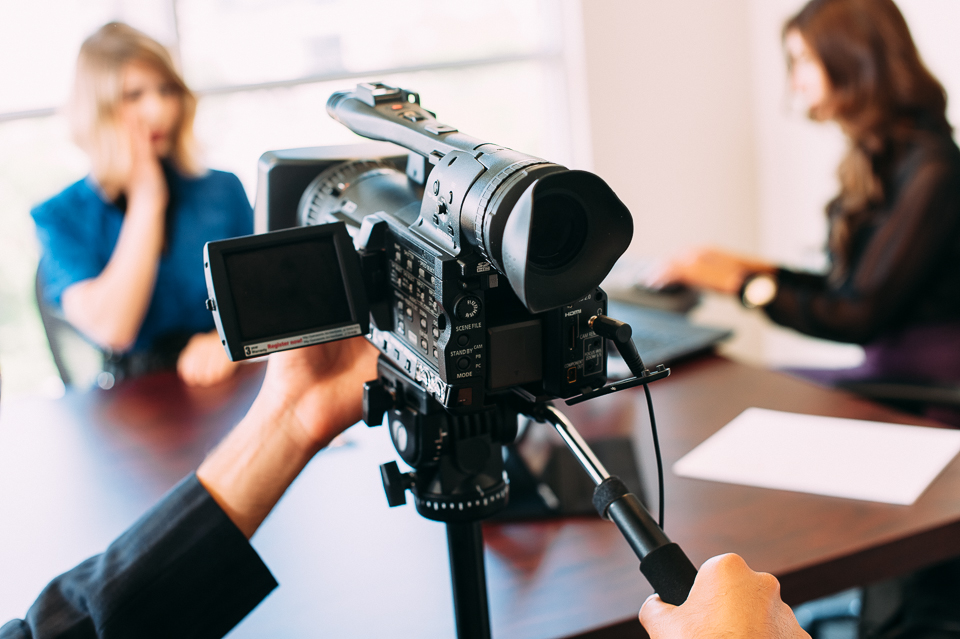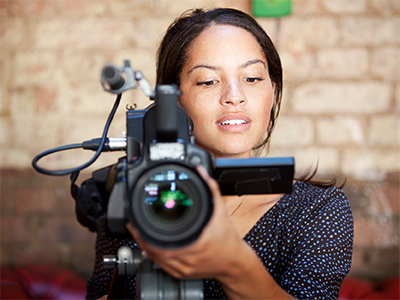Why Lawful Videography Is Vital for Accurate Legal Record-Keeping
In the realm of legal procedures, the accuracy of record-keeping is critical, and lawful videography emerges as a vital tool in this context. As we check out the complex benefits of legal videography, one have to consider its effects for the future of judicial integrity and openness.
Relevance of Visual Evidence
Establishing the relevance of aesthetic proof in lawful process is paramount for guaranteeing accurate record-keeping and enhancing the total honesty of the judicial procedure. Visual evidence serves as a vital device in recording events, conditions, and other essential information that may be vital to a case. Unlike composed accounts, which are vulnerable to analysis and prejudice, visual recordings provide an objective, unalterable representation of facts as they took place.


This type of proof can catch a range of aspects, consisting of witness behavior, ecological context, and physical proof, all of which might affect judicial results. By offering a clear and comprehensive visual story, lawful videography eliminates uncertainty and assists to protect the authenticity of the proof.
Furthermore, visual evidence can be instrumental in reducing disputes over accurate discrepancies, as it allows for a direct contrast against statement and various other documented records. In an age where digital modern technology is progressively prevalent, the ability to present aesthetic evidence effectively can considerably improve the general high quality of legal procedures. Inevitably, the unification of aesthetic proof not only reinforces the documentation process yet additionally enhances public rely on the judicial system by promoting transparency and liability.
Enhancing Testament Credibility
The combination of legal videography right into court procedures dramatically boosts the credibility of witness testament. By capturing the nuances of spoken and non-verbal communication, video recordings give a more extensive depiction of a witness's disposition, emotions, and integrity. This aesthetic documents allows jurors to observe the witness's body movement, face expressions, and overall carriage, which are critical parts that can influence their assumption of testimony integrity.
Additionally, legal videography lowers the possibility for misconception or distortion of statement that might happen in created transcripts. Audiences can see and listen to the testimony as it was offered, making certain that the context and tone are preserved. This authenticity promotes a greater feeling of count on amongst jurors, that may be more likely to think statement that they can witness firsthand.
Furthermore, the presence of video clip footage can deter witnesses from supplying misleading or exaggerated declarations, as they are mindful that their testament is being tape-recorded. This liability enhances the stability of the judicial process. Ultimately, lawful videography acts as a crucial tool in ensuring that witness testimony is not only precisely shown but also viewed with heightened trustworthiness by all parties included.
Comprehensive Document Conservation
Comprehensive document conservation is important for preserving the stability of lawful process. Lawful videography acts as a critical device in this process, supplying an exact aesthetic and acoustic account of testimonies, depositions, and various other critical moments in an instance. Unlike conventional written records, video recordings catch the nuances of body language, tone, and emotion, which are essential for recognizing the context and intent behind statements made during lawful proceedings.

Additionally, the ability to examine video evidence enables lawyers to identify important information that might have been ignored in composed documents. By preserving a detailed archive of lawful procedures through videography, law practice can copyright the highest possible criteria of precision and responsibility, inevitably adding to a fairer judicial procedure.
Enhancing Legal Proceedings
Simplifying legal proceedings is essential for boosting effectiveness and minimizing delays within the judicial system. Lawful videography works as a critical tool in attaining this goal by offering clear and exact visual documentation of court hearings, depositions, and testaments. This innovation allows for real-time recording, making sure that all verbal and non-verbal signs are caught, which can facilitate quicker resolution of disagreements.
The combination of videography into lawful processes minimizes reliance on traditional techniques, such as prolonged transcripts, which can be lengthy to produce and examine. By having access to taped footage, lawyers can swiftly reference crucial minutes, boosting their capability to prepare and existing cases successfully. This immediacy also helps in the clarifying of testaments, decreasing the possibility for misconception.
In addition, visual documentation promotes an extra engaging court experience for jurors, aiding them to realize intricate details quicker. Ultimately, legal videography enhances interaction among all parties entailed, from attorneys to judges to jurors, consequently advertising an extra reliable judicial procedure (legal videography). In a period where time is essential, embracing this technology is important for the contemporary legal landscape
Admissibility in Court
Exact documents is essential not just for performance but additionally for ensuring that proof is permissible in court. Lawful videography offers as an important device in this procedure, giving a reliable visual document of testimonies, statements, and events. Courts frequently require evidence to fulfill specific standards of admissibility, including importance, credibility, and integrity. Top notch video clip recordings can fulfill these standards by recording clear sound and visual information that written records may ignore.
To be deemed acceptable, legal videography needs to follow well-known procedures, such as correct tools usage, suitable lights, and clear audio capture. In addition, it is important to have actually qualified videographers that understand the legal needs bordering evidence collection. The chain of guardianship have to also be navigate to these guys preserved to stop any kind of insurance claims of meddling or alteration.
Moreover, lawful videography can enhance the persuasiveness of proof by supplying jurors with a straight sight of the testimony, enabling for an extra engaged understanding of the instance. In summary, the combination of read this post here lawful videography right into record-keeping not just supports efficiency but likewise strengthens the honesty and admissibility of evidence in court procedures.
Conclusion
In conclusion, legal videography plays a pivotal role in ensuring exact lawful record-keeping by offering objective aesthetic documents. Eventually, the consolidation of legal videography into the judicial process promotes openness and boosts public trust fund in the integrity of the lawful system.